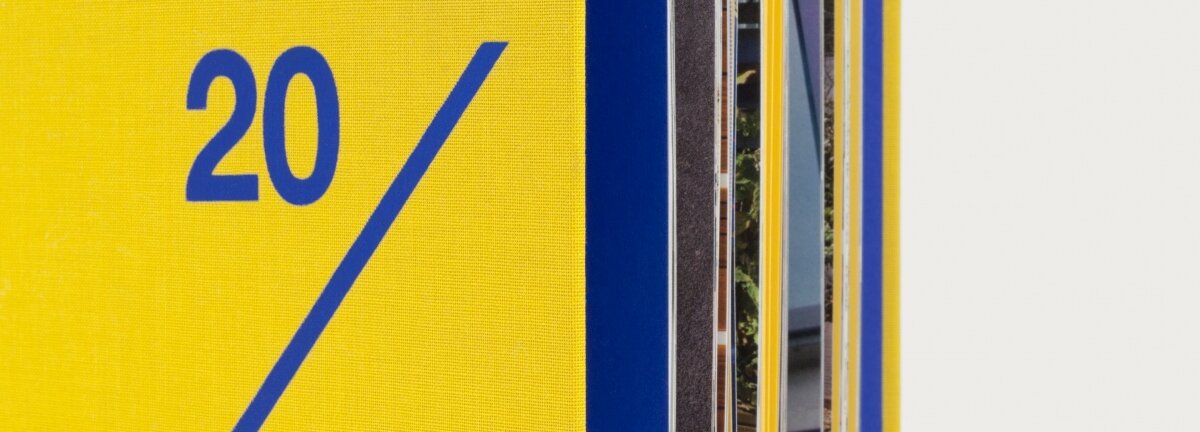How to start your own design agency: Lesson 1 - Team up

Danny Brooks and Natasha Zlobec are the names behind Phage, a two-person design agency based just down the road from Design Council in Clerkenwell. They specialise in print, corporate identity and digital design for clients in the creative and luxury sectors. They spoke to us about some of the lessons they’ve learned since setting up their studio 13 years ago.
Only around 60% of our studio time is spent on client work, and of that only around 60% is spent on actual design. The most important lessons we’ve learned are all the non-design aspects of running a creative studio.
Danny Brooks and Natasha Zlobec, directors and co-founders, Phage
Lesson 1: Team up
From clients and suppliers to business and creative partners, the people you collaborate with will play a major part in the success of your company.
Agree your job roles
Some people prefer to go it alone but teaming up can have enormous benefits. Having a business partner (or two!) means you have someone to share decisions and responsibilities with, someone to bounce ideas off and someone to keep you motivated when you need it!
Deciding whether to team up with someone with a different skillset (a business or a finance person, for example) or someone with the same skills is the first step. Both have their merits, and it really depends on your own skills and preferences.
At Phage we’ve found that having slightly different skill sets provides a good balance; Tasha’s background is in print so she tends to manage our suppliers and workflow in that area, while Danny’s background is in digital so he usually manages any front- or back-end dev work. However, we will always work together on the design aspects of a project. Our creative differences help to fuel new ideas.
Differing skills can also enable you to increase what you can offer to your clients. But make sure there’s an even balance in workload so that one partner doesn’t end up being flat out while the other one sits around twiddling their thumbs!
Whatever your individual skills, a shared vision for the business is critical. It’s also essential to define your roles: agree who is responsible for what within the business, who the client deals with (is it always the same person, or a different person for different projects?) and which decisions can be made individually and which need to be made together.
Find good suppliers and nurture them
Your work is only as good as the final delivery so, unless you are designing and producing everything yourself, good suppliers are essential. Look for experts (not sales reps) who support your vision and ethical practices, and then build long-term relationships with them.
By nurturing these relationships, your suppliers become an extension of your team. You'll get better service and better terms, and you can relax knowing that if something does go wrong (because occasionally it will!) your suppliers will work with you and handle things professionally so your clients aren’t let down.
Have fun collaborating
It’s great to work with other creatives, particularly as a small agency. People with different skills and disciplines – photographers, illustrators, copywriters, videographers, architects – all bring a fresh perspective to your practice and can increase your ability to take on larger projects.
Go to:
Subscribe to our newsletter
Want to keep up with the latest from the Design Council?
